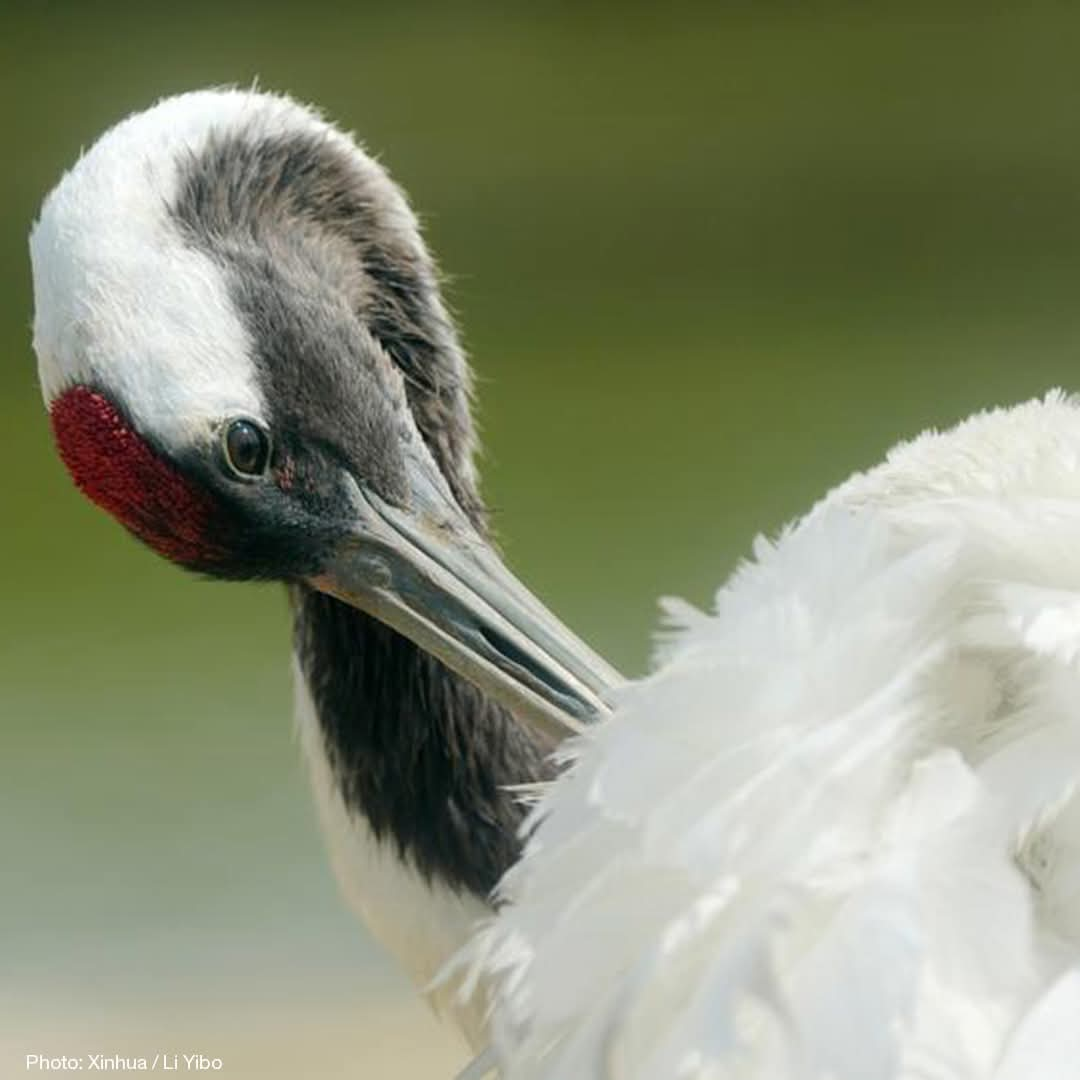China, August 13, 2025
The International Union for Conservation of Nature (IUCN) has added six exceptional protected areas to its prestigious Green List, recognising them as global leaders in effective, equitable, and sustainable conservation. These sites - four in China and two in Colombia - demonstrate how biodiversity protection can thrive through strong community involvement, scientific management, and cultural integration.
China’s New Green List Sites
1. Huanglong Natural World Heritage Site - Located in Sichuan Province, this alpine wonderland is home to endangered giant pandas and golden snub-nosed monkeys. Its conservation success is attributed to active community co-management and the protection of its iconic multi-coloured pools.
2. Jiangsu Yancheng Wetland Rare Birds National Nature Reserve - One of East Asia’s most important migratory bird sanctuaries, this site safeguards critical habitats for red-crowned cranes while promoting eco-agriculture and preserving wetland culture.
3. Hunan Zhangjiajie Giant Salamander National Nature Reserve - Hosting the world’s largest wild population of giant salamanders, the reserve integrates species protection with local education and livelihood opportunities.
4. Shaanxi Zhouzhi National Nature Reserve - Situated in the Qinling Mountains, it protects more than 3,600 species and uniquely blends Taoist cultural heritage with modern conservation science.
Colombia’s Green List Achievements
1. Gorgona Natural National Park - Once a prison island, Gorgona is now a marine and rainforest sanctuary supporting coral reefs, whale sharks, and community-led Afro-Colombian ecotourism.
2. Galeras Fauna and Flora Sanctuary - Dominated by an active volcano, this Andean reserve shelters cloud forests, sacred lagoons, and a rich diversity of birdlife.
The IUCN Green List recognises protected and conserved areas worldwide that meet rigorous standards for biodiversity conservation, community engagement, and governance effectiveness.
“These new listings show what’s possible when local communities, indigenous knowledge, and scientific expertise come together for nature,” said an IUCN representative.
With these additions, the Green List continues to inspire global action toward meeting biodiversity goals under the Kunming-Montreal Global Biodiversity Framework.